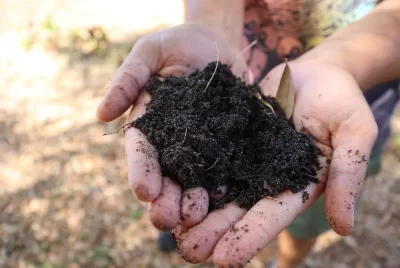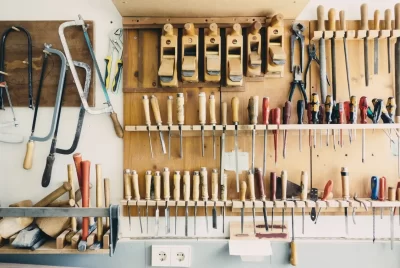How to Use a Spade: Full Guide
Spades are versatile tools that have been used for centuries in various outdoor tasks. Whether you’re a seasoned gardener, a DIY enthusiast, or someone looking to start digging, spades are indispensable for many activities. In this article, I’ll guide you through the world of spades, from understanding the different types to mastering the proper techniques and safety precautions.
Introduction
Spades are not just shovels; they come in different shapes and sizes, each designed for specific purposes. Choosing the right spade for your task is crucial for efficiency and safety. Let’s delve into the various aspects of using spades effectively.
Types of Spades
Garden Spades
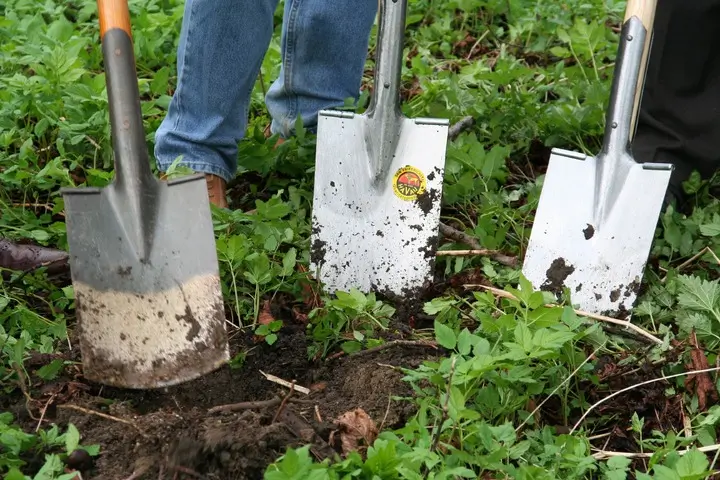
Garden spades are known for their flat, square-shaped blades and are ideal for tasks like edging, digging in tight spaces, and planting. They’re perfect for creating clean, sharp edges in your garden.
Spading Forks
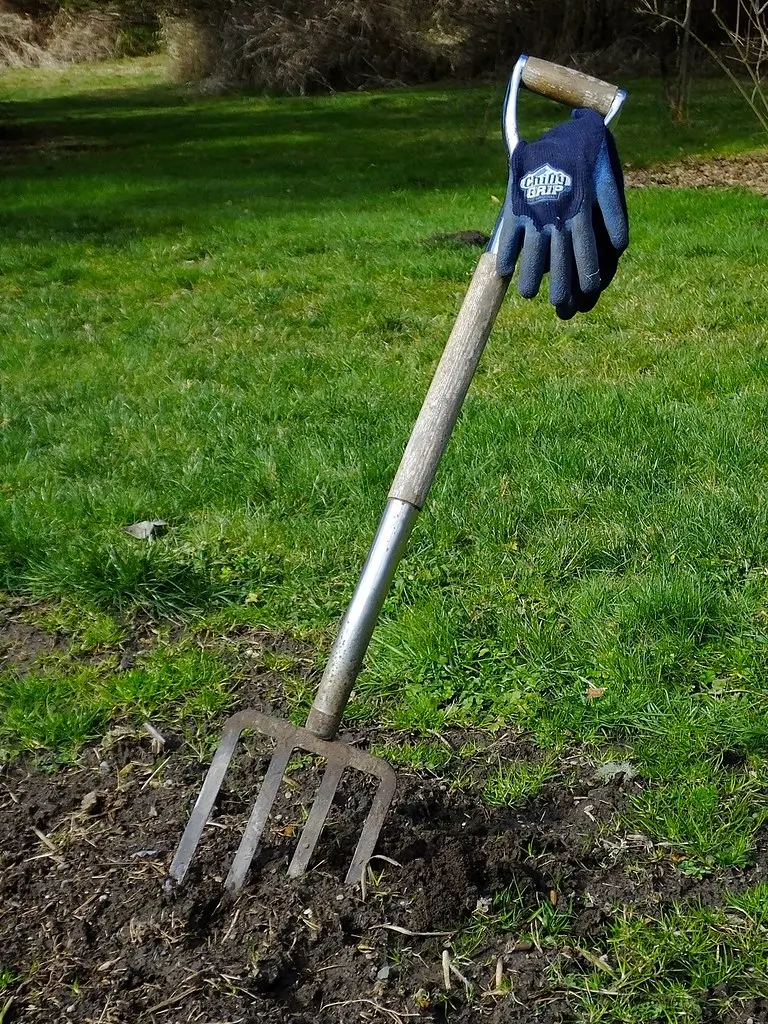
Spading forks have multiple sharp tines, making them excellent for turning soil, aerating, and lifting plants. Their design reduces soil compaction, which is beneficial for soil health.
Trenching Spades
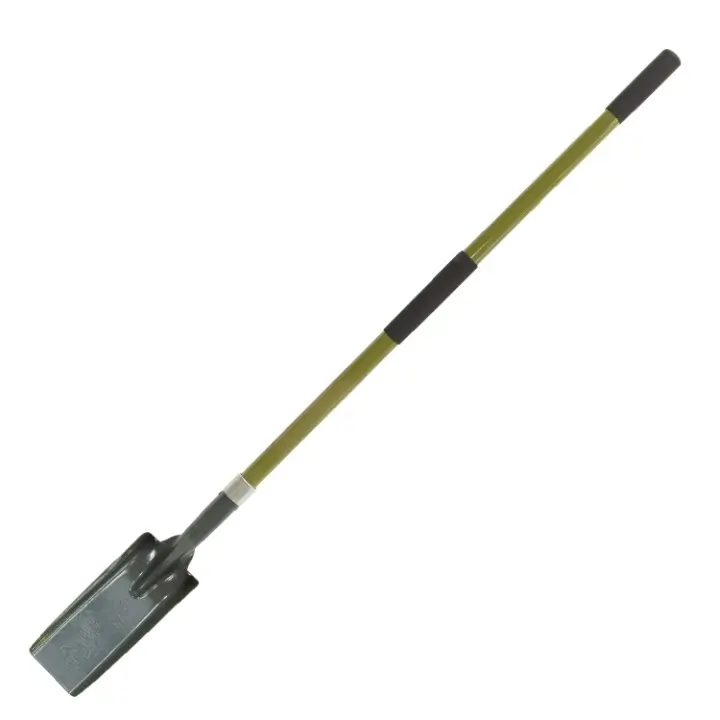
Trenching spades have long, narrow blades, making them perfect for digging deep, straight-sided trenches. They’re commonly used in construction and for laying irrigation lines.
Square-Head Spades

Square-head spades have flat, square-shaped blades like garden spades but are more robust. They are great for heavy-duty tasks like cutting through roots and breaking up compacted soil.
Round-Point Spades
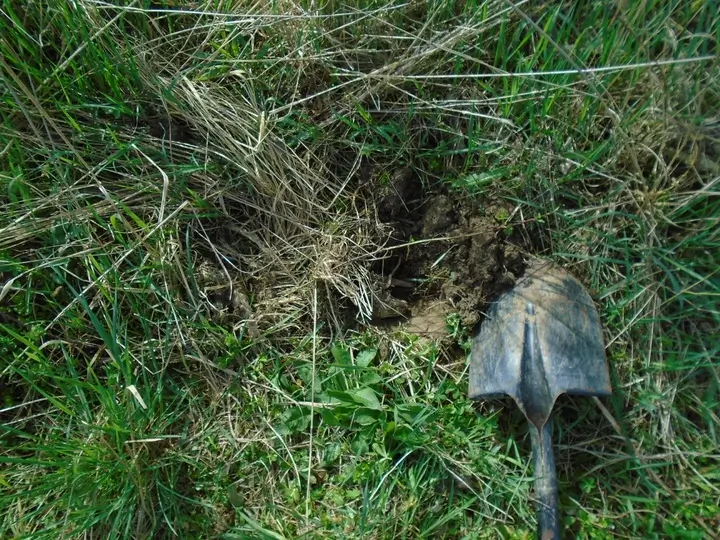
Round-point spades have curved, pointed blades and are versatile for digging, shoveling, and general-purpose tasks. They are an excellent all-around choice.
Digging Techniques
To make the most of your spade, it’s important to use proper techniques. When digging, stand with your feet shoulder-width apart, grip the handle firmly, and use your leg muscles to drive the spade into the ground. Push the spade down vertically, and then pivot it to lift the soil. This technique minimizes strain on your back and arms.
Shoveling Tips
When shoveling, remember to bend your knees and keep your back straight. Use your leg muscles to lift, and keep the load close to your body. Don’t overload the shovel, as this can lead to injuries. If you need to move large amounts of soil, consider using a wheelbarrow for better weight distribution.
Choosing the Right Spade
Selecting the right spade depends on the task at hand. Consider factors like the type of soil, the depth of digging, and the nature of the work. If you’re working in tight spaces, a garden spade or spading fork might be your best bet. For heavier jobs, square-head or trenching spades are more suitable.
Personal Recommendations
From personal experience, I find a garden spade to be my go-to tool for edging and small-scale digging in my backyard. However, when it comes to heavy-duty projects, I rely on my trusty square-head spade for its durability and strength. Your preferences may vary, so don’t hesitate to experiment and discover what works best for you.
Safety
Using a spade can be physically demanding, so it’s important to take safety precautions seriously. Always wear appropriate protective gear, including:
Gloves

Safety glasses

Be mindful of your surroundings, especially when working near utility lines. In rocky areas, watch out for hidden obstacles to avoid accidents.
Conclusion
In conclusion, the proper use of a spade is a skill that can make your outdoor tasks more efficient and enjoyable. By understanding the different types of spades, using the right techniques, and prioritizing safety, you can ensure that your spade serves you well for years to come.
Frequently Asked Questions
Q1. Can I use any spade for gardening?
It’s best to use a garden spade for gardening as it’s specifically designed for tasks like edging and planting.
Q2. What’s the main difference between a garden spade and a spading fork?
A garden spade has a flat, square blade, while a spading fork has multiple tines, making it ideal for turning soil.
Q3. Are there any maintenance tips for keeping my spade in good condition?
Yes, regularly clean and oil your spade blade to prevent rust, and store it in a dry place.
Q4. Do I need special training to use a spade safely?
While formal training is not mandatory, it’s essential to familiarize yourself with proper techniques and safety guidelines before using a spade.
Q5. What should I do if my spade gets blunt over time?
You can sharpen the blade of your spade using a sharpening tool or by taking it to a professional sharpening service for best results.
Summary
This comprehensive guide, authored by an enthusiastic spade user, explores the world of spades, covering their types, uses, and proper techniques. It emphasizes the importance of selecting the right spade for various tasks, from gardening to construction.
The article provides practical advice on digging techniques, creating clean garden edges, determining the appropriate digging depth, and maintaining spades. It also suggests eco-friendly practices and ways to ensure safety and comfort when using spades.
In addition to traditional uses, the article introduces creative DIY projects and showcases the versatility of spades. It concludes by encouraging readers to confidently utilize their spades, whether for gardening or DIY endeavors. Happy Spading!



